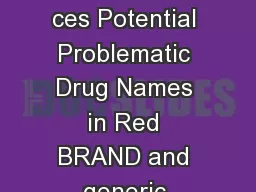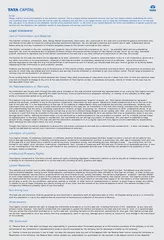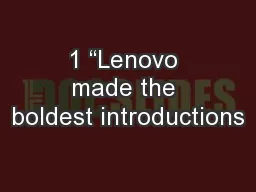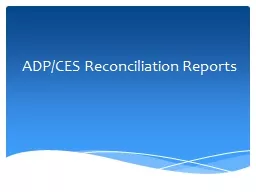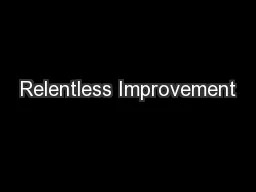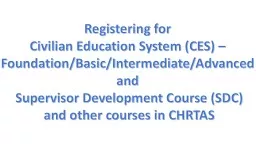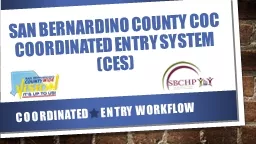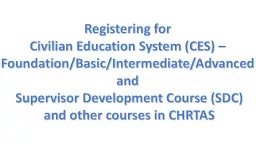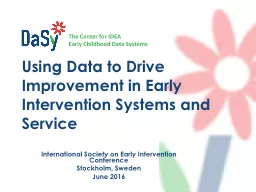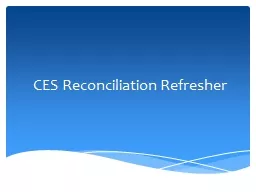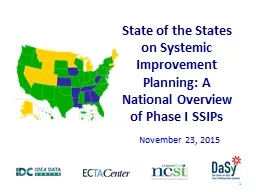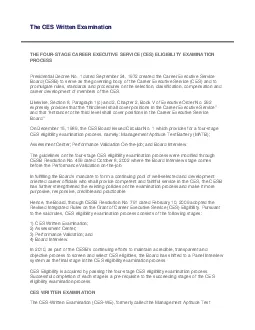PPT-CES Current State and Opportunities for Improvement Final Report
Author : giovanna-bartolotta | Published Date : 2019-11-04
CES Current State and Opportunities for Improvement Final Report April 18 2017 IOE 481 Team 2 Gagan Gupta Anavir Shermon Emily Smith Hailey Willett Childrens Emergency
Presentation Embed Code
Download Presentation
Download Presentation The PPT/PDF document "CES Current State and Opportunities for ..." is the property of its rightful owner. Permission is granted to download and print the materials on this website for personal, non-commercial use only, and to display it on your personal computer provided you do not modify the materials and that you retain all copyright notices contained in the materials. By downloading content from our website, you accept the terms of this agreement.
CES Current State and Opportunities for Improvement Final Report: Transcript
Download Rules Of Document
"CES Current State and Opportunities for Improvement Final Report"The content belongs to its owner. You may download and print it for personal use, without modification, and keep all copyright notices. By downloading, you agree to these terms.
Related Documents


